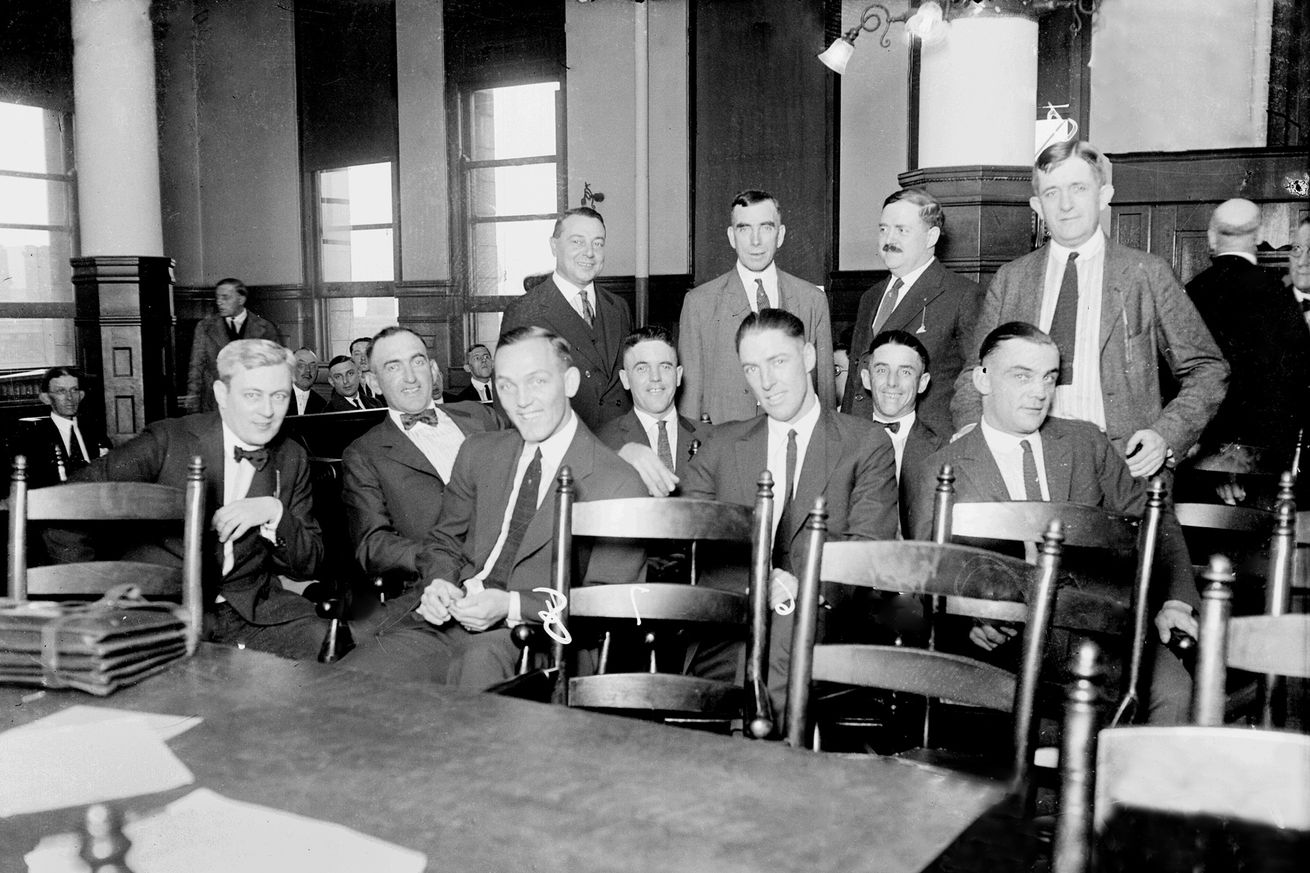
South Carolina comes to Shoeless’ defense
1909
Fielder Jones formally tends his resignation as manager, also retiring as a player at age 36. Jones’ decision, late in the offseason, came only after heated entreaties from owner Charles Comiskey, who even dispatched Chicago Tribune writer Harvey Woodruff to Portland in order to convince Jones to return.
Jones, who was intent on joining his brother Willard and teammate Billy Sullivan in the lumber business, did actually consider a comeback … if Comiskey would let Jones buy into the White Sox franchise. Comiskey countered by giving Jones a blank check for his player-manager salary — but not co-ownership.
Jones was the fourth manager in White Sox history, and the first to win a World Series, in 1906. He never had a losing record in any of his five seasons as skipper; at .592 (426-293), Jones has the best winning percentage of any White Sox manager, by 20 1⁄2 games.
Ironically, Sullivan was Comiskey’s eventual choice (he held out until two days before the start of the regular season, hoping Jones would reconsider) as player-manager.
Jones’ retirement was also a devastating loss on the player side; he had just come off of a career second-best 4.7 WAR in 1908. Jones’ 32.0 WAR with the White Sox makes him the 10th-best hitter and best center fielder in team history.
1951
In a largely token measure, the South Carolina House of Representatives introduced a resolution to reinstate native son Shoeless Joe Jackson into baseball, reversing his three decade-long banishment. Jackson was originally kicked out of the game in 1920 due his confession as a participant in the Black Sox scandal that stained the 1919 World Series. Nothing came of it, of course, and Jackson died on December 5 of that same year, still outside of baseball, looking in.